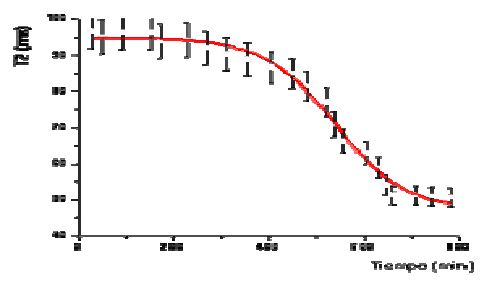Hydroxyurea Effects on the Erythrocytes Density of Drepanocytic Patients Using the Proton Magnetic Relaxation
Abstract
Intracellular polymerization of sickle haemoglobin can affect the integrity of the erythrocytes, and to provoke the dehydration and increase the cellular density. The distribution of the erythrocytes is possible to use on the characterization of the clinical state of the patients: in conditions steady, in crisis and under treatment. We evaluate by NMR-1H, the Hb S polymerization decay time (td), in densest erythrocytes and it profiles. These cells corresponding to patients who don’t receive treatment (group 1) and treated with hydroxyurea (group 2). The profiles of the erythrocytes obtained on Percoll-PBS gradients were isolated, and by NMR-1H the spin-spin relaxation times (T2) were measured at 36 °C, under conditions of Hb S spontaneous deoxygenating. Moreover, the Hb S polymerization decay time (td), was determined. The evolution of the cellular dehydration and Hb S polymerization provoke the decreasing of the values of T2 on the time. These effects are attenuated for the hydroxyurea. An analysis more detailed will be possible in next works.

This work is licensed under the Creative Commons Attribution-NonCommercial 4.0 International (CC BY-NC 4.0) license.








